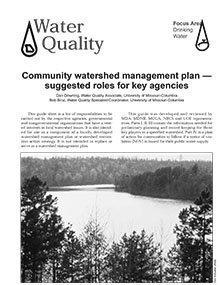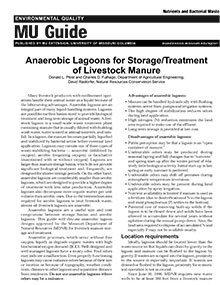

Anaerobic Lagoons for Storage/Treatment of Livestock Manure
New
Anaerobic lagoons are earthen basins that biologically treat and store livestock manure, offering cost-effective, long-term waste management.

Managing Manure on Alfalfa Hay
New
Optimize alfalfa hay production by applying manure to enhance phosphorus and potassium levels, improve yields, and manage soil fertility effectively.
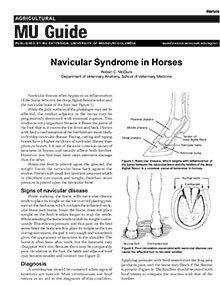
Navicular Disease in Horses
Revised
Navicular disease is a common cause of lameness in horses, often leading to inflammation and tendon damage in the forefeet.
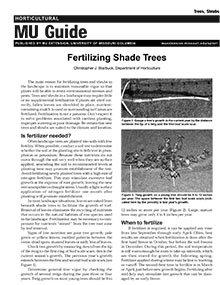
Fertilizing Shade Trees
Reviewed
The main reason for fertilizing shade trees is to maintain vigor so that plants will be able to resist environmental stresses & pests. Visit our site.
Separation Distances for Livestock Manure Management Systems
Revised
Separation distances for manure storage and land application help protect water quality by minimizing contamination risks from livestock operations.
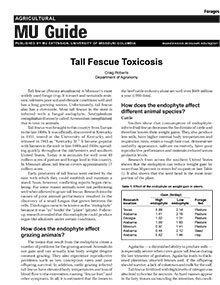
Tall Fescue Toxicosis
New
Tall fescue is Missouri's most widely used forage crop. Visit our site to learn about Tall Fescue Toxicosis.
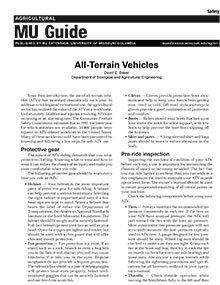
All-Terrain Vehicles
Revised
Since their introduction, the use of all-terrain vehicles (ATVs) has increased dramatically each year. In addition to widespread recreational use, the agricultural sector has realized the value of the ATV as a workhorse. Unfortunately, fatalities and injuries involving ATVs are occurring at an alarming rate. Many of these accidents could have been prevented by knowing and following a few steps for safe ATV use.
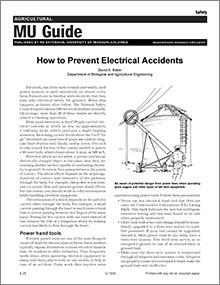
How to Prevent Electrical Accidents
Reviewed
Electricity, one of the most versatile and widely used power sources, is used extensively on almost every farm. Farmers are so familiar with electricity that they may take electrical safety for granted. When this happens, accidents often follow. Get tips for electrical safety in this guide.
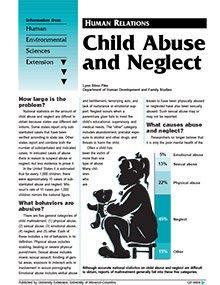
Child Abuse and Neglect
Reviewed
Learn about child abuse and neglect, including statistics, causes, prevention strategies, and signs to watch for in children.

Preplant Nitrogen Test for Adjusting Corn Nitrogen Recommendations
New
A preplant nitrogen test measures soil nitrate and ammonium to adjust fertilizer application for corn, minimizing overuse and environmental impact.
Soybean Pest Management: Bean Leaf Beetle
New
Learn about bean leaf beetle identification, life cycle, damage to soybeans, and effective management strategies to protect your crop.
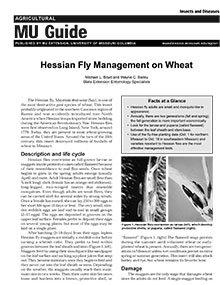
Hessian Fly Management on Wheat
New
Learn how to identify and manage Hessian flies in wheat using planting strategies and resistant varieties to minimize crop damage and yield loss.
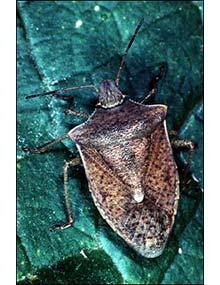
Soybean Pest Management: Stink Bugs
New
In Missouri, the green stink bug, Acrosternum hilare (Say), and brown stink bugs, Euschistus spp., commonly infest soybean fields. Learn how to identify them and the damage they cause, how to scout for them, and how to manage them in this guide.
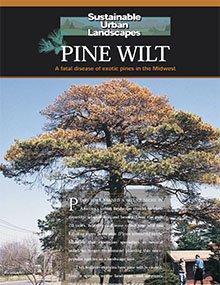
Pine Wilt: A Fatal Disease of Exotic Pines in the Midwest
New
Pine wilt has killed so many Scots pine trees in the Midwest that extension specialists no longer recommend planting it in the area. Learn what causes pine wilt, how it spreads and what you can do to manage it in this full-color guide from University of M
Sorghum Midge in Missouri
New
Sorghum midge larvae feed on developing seeds, causing pinkish, blasted seed heads and reduced yields. Scouting during pollination is essential for effective management.
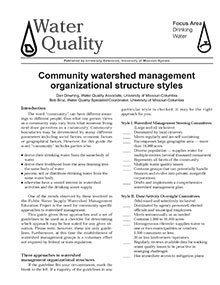
Community watershed management organizational structure styles
New
Explore three organizational styles for community watershed management, offering guidelines to select the best approach for your situation.
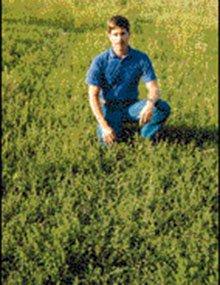
Annual Lespedeza
Reviewed
Annual lespedeza is an acid-tolerant, drought-resistant, summer annual legume useful for pasture, hay & soil improvement. Visit our website to learn more.
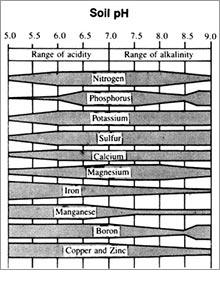
Liming Missouri Soils
Reviewed
Advice on using lime to raise Missouri soil pH for better crop yields, nutrient availability, microbial activity, fertilizer efficiency, and structure.

Hoop Structures for Missouri Swine Finishing Facilities
New
Explore the benefits, costs, and profitability of hoop structures for swine finishing, with comparisons to traditional confinement systems.
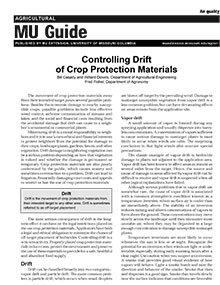
Controlling Drift of Crop Protection Materials
Reviewed
This guide explains crop protection material drift, its impacts, and how applicators can minimize damage to crops, the environment, and legal risks.
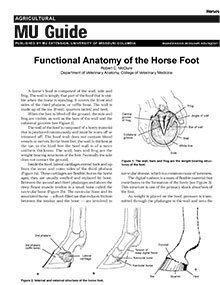
Functional Anatomy of the Horse Foot
Reviewed
A horse’s hoof is composed of the wall, sole and frog. Read this guide to learn more about the functional anatomy of the horse foot.
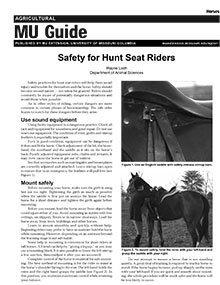
Safety for Hunt Seat Riders
Reviewed
Safety practices for hunt seat riders will help them avoid injury and trouble for themselves and the horse. Safety should become second nature — not taken for granted. Riders should constantly be aware of potentially dangerous situations and avoid them when possible.
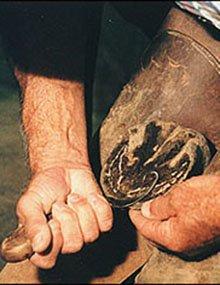
Care of Your Horse’s Feet
Reviewed
Foot care is one of the most neglected horse management practices. Most lameness that impairs the usefulness of a horse can be prevented by proper foot care and reasonable management.
Foot care should be as routine as feeding and watering. It should include:
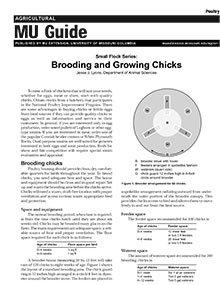
Small Flock Series: Brooding and Growing Chicks
Revised
Raising a flock of chickens can be difficult. Visit our website today to view our Small Flock Series: Brooding and Growing Chicks.
